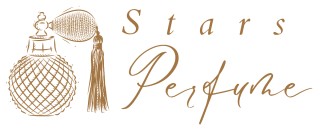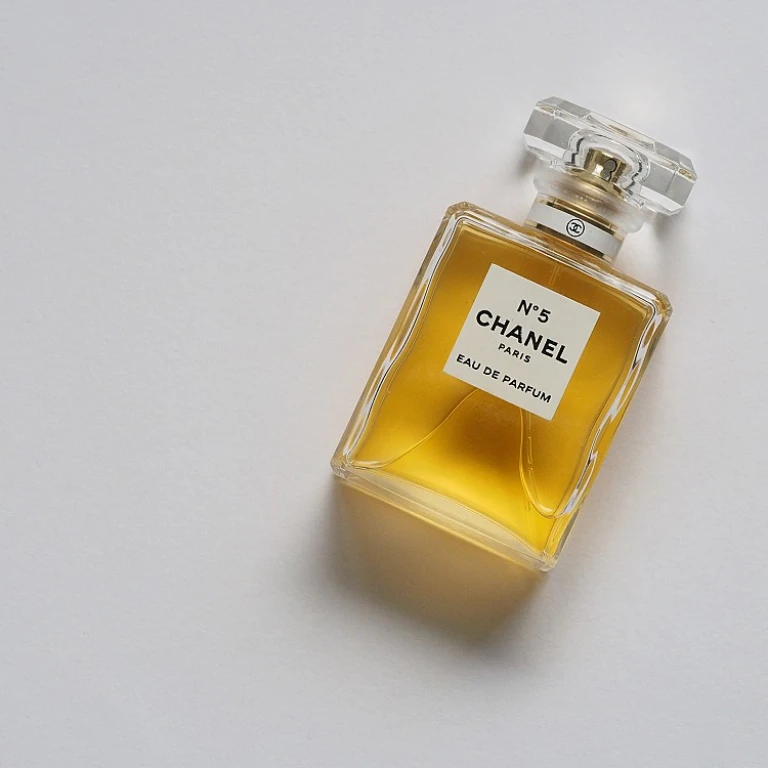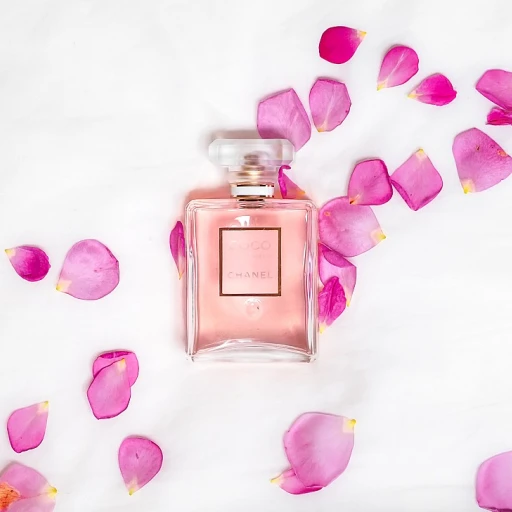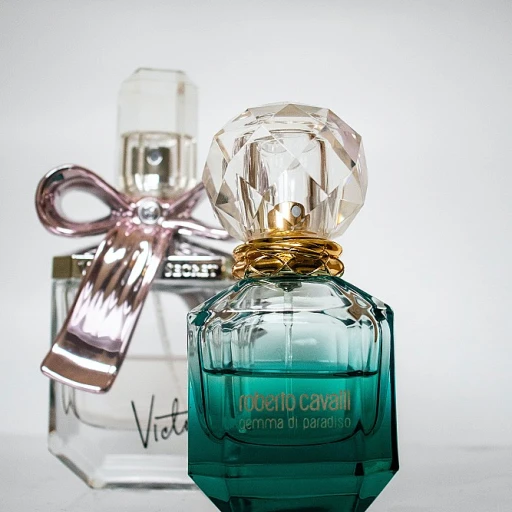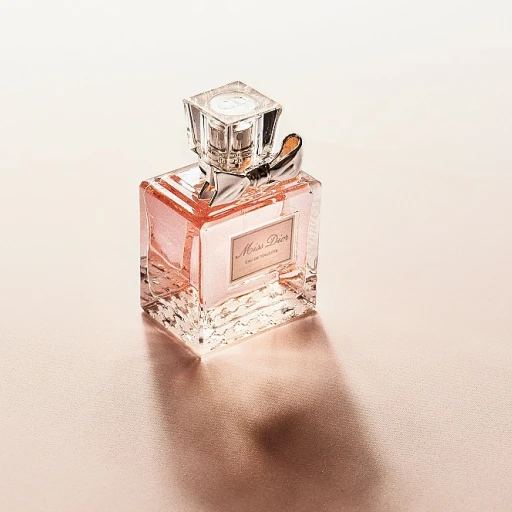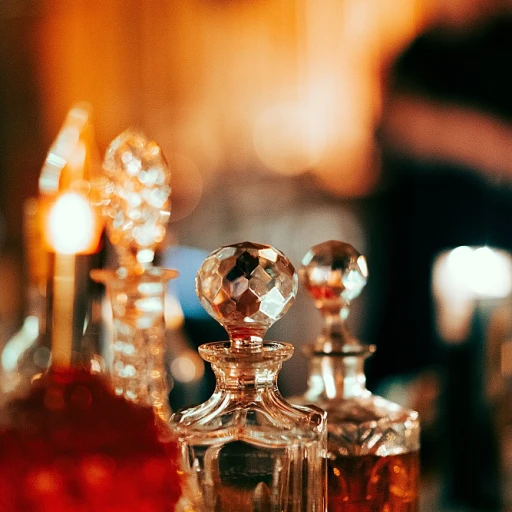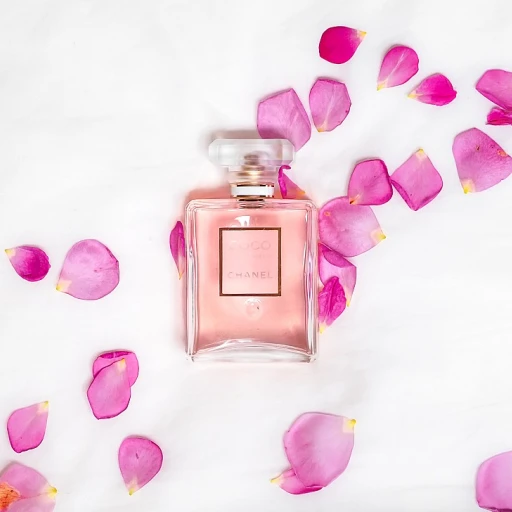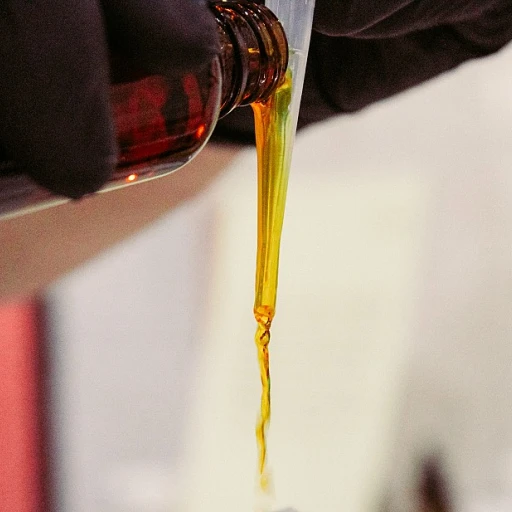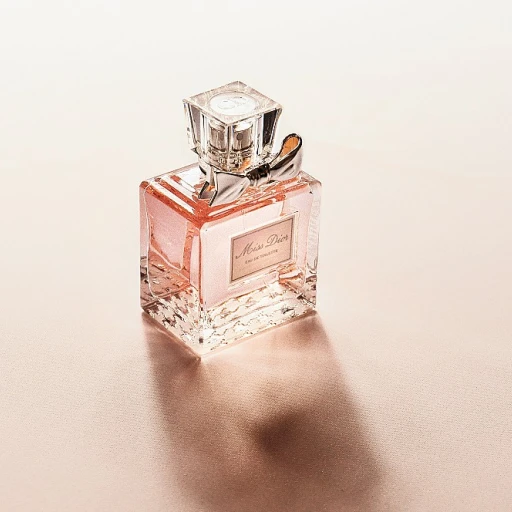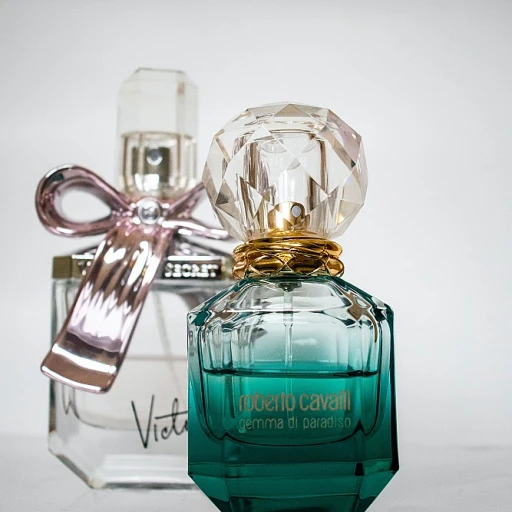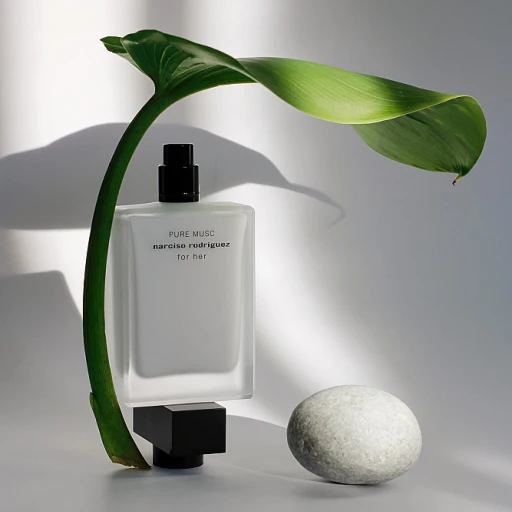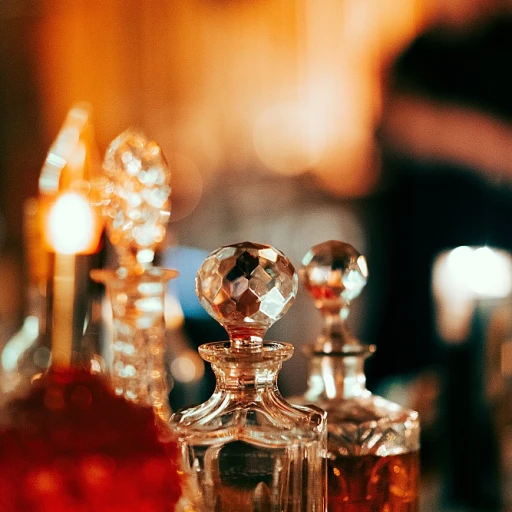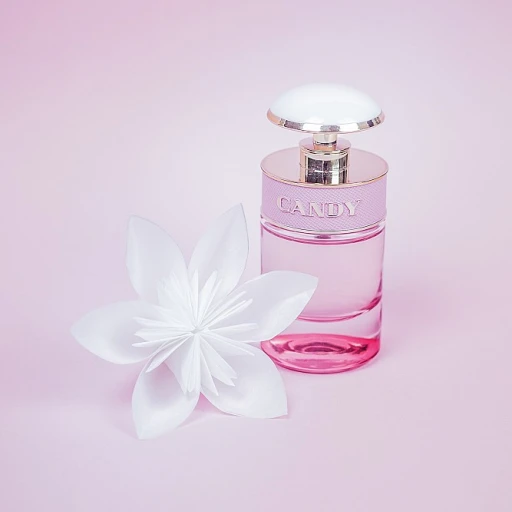
The Basics of Fragrance Concentrations
Demystifying Fragrance Concentrations
For those passionate about perfumes, understanding fragrance concentrations is a key to unlocking the secrets of scent. With terms like eau de parfum (EDP), eau de toilette (EDT), and eau fraiche, it can be quite puzzling to decipher the difference between them. These terms refer to the concentration of fragrance oils within the perfume, influencing both the intensity and longevity of the scent on your skin.
Fragrance concentrations range from parfum or perfume oils—generally having the highest concentration of fragrance oils—to eau de cologne, which tends to feature a lighter fragrance composition. The choice between EDT and EDP, for instance, will significantly affect how bold or subtle a scent you might experience. Each type offers unique characteristics suited for various preferences and occasions.
For those building a fragrance collection or exploring gift sets for loved ones, recognizing how these concentrations differ helps in selecting the perfect scent. A higher concentration of fragrance oils, often found in parfums or EDPs, typically means a longer-lasting aroma and potentially a more prominent sillage. On the other hand, EDTs offer a fresher, lighter touch and are fantastic for daily wear.
As you delve deeper into the world of scents, you'll come across toilette eau and parfum eau, terms that guide you in choosing whether a fragrance's power or subtlety best suits your lifestyle and preferences. Discovering the nuances between eau de parfum and eau de toilette can enhance your overall fragrance experience, allowing you to select perfumes that resonate with your personal style and occasion needs.
What is Eau de Toilette (EDT)?
Understanding Eau de Toilette
Eau de Toilette, often abbreviated as EDT, is a popular choice in the world of fragrances, recognized for its lighter concentration compared to its counterparts. The term "toilette" originates from the French word for "grooming," which hints at its intended use for everyday freshness. This scented water incorporates a blend of fragrance oils and alcohol, resulting in a concentration typically ranging between 5% and 15%. EDT fragrances are admired for their ability to offer a "just showered" scent experience without overwhelming the senses. This makes them an ideal pick for daytime wear. By design, their lighter concentration and higher alcohol content aid in creating an invigorating sensation that refreshes the body and mind. A key feature of EDTs is their "sillage," or the trail of scent left in the air. While not as long lasting as Eau de Parfums, they deliver a subtle yet impactful presence, allowing wearers to leave a modest, memorable impression. Moreover, EDT's moderate longevity—usually lasting around four to six hours—permits frequent reapplication, providing an opportunity to experiment with different scent profiles throughout the day. Additionally, Eau de Toilette fragrances often find their way into gift sets, making them perfect for those who enjoy curating a versatile fragrance collection. Many fragrance aficionados value aromatic versatility, and EDTs serve as a wonderful foundation for this endeavor. Finally, for those curious about the allure of aquatic scents that embrace a similar vibrance, check out the allure of cool blue perfume. Understanding the nuances of EDT can enhance your fragrance shopping experience, whether you are indulging yourself or searching for the best perfume gift.Exploring Eau de Parfum
The Intricacies of Eau de Parfum
Eau de Parfum (EDP) is a cornerstone in the world of scents, offering a balanced fragrance experience that many enthusiasts treasure. One distinguishing feature of EDP is its higher concentration of fragrance oils compared to its counterparts, such as Eau de Toilette (EDT). Typically, EDP contains about 15-20% fragrance concentration, which translates to a longer-lasting aroma. While exploring the nuances of Eau de Parfum, it's essential to recognize its potency and lasting presence. Many find EDP to be an ideal choice for occasions where longevity and a pronounced fragrance are desired. This attribute stems from the increased concentration of oils, allowing the scent to evolve beautifully on the skin throughout the day. Not only is the strength a factor when it comes to EDP, but the essence of floral water is also often utilized to give depth and character, creating a multidimensional perfume experience. The wide range of available EDPs allows for a more personalized approach to scent selection, catering to individual preferences and making them a popular choice in perfume collections and gift sets. When shopping for a perfume, those who favor intense and long-lasting aromas often gravitate towards Eau de Parfum. It strikes a delightful balance between longevity and sillage, maintaining a presence without overpowering the senses. As such, EDP remains a beloved choice among fragrance aficionados who appreciate the intricate dance of top, heart, and base notes. Whether it's for a personal collection or as a luxurious gift, Eau de Parfum consistently stands out as a versatile and captivating option.Comparing Longevity and Sillage
The Longevity of Your Chosen Scent
When deciding between Eau de Toilette (EDT) and Eau de Parfum (EDP), it's essential to consider not only the fragrance profile but also the longevity and sillage—how long the scent will last on your skin and how far its waft travels.
Fragrance Concentration and Longevity: Typically, EDPs boast a higher concentration of fragrance oils, usually around 15-20%, compared to EDTs, which house concentrations between 5-15%. This higher concentration in EDPs generally results in a longer-lasting scent, making them a preferred choice for those who wish for their aroma to linger throughout the day.
Sillage: The sillage, or the trail of fragrance you leave behind, tends to be more pronounced in EDPs due to their richer formulation. This doesn't mean EDM lacks appeal—many find the lighter sillage pleasant and less overpowering, especially for daytime wear or in professional settings.
Ultimately, the choice between eau parfum and eau toilette should align with your personal preference for either making a bold statement or enjoying a subtler scent experience. Consider factors such as climate, wear occasion, or even gifting, as a thoughtful accompaniment to your fragrance collection.
Choosing the Right Fragrance for You
Choosing the Perfect Scent for Your Personal Style
Selecting the right fragrance can be a deeply personal choice, reflecting not just your preferences but also your lifestyle, mood, and even the occasion. Understanding the nuances of fragrance concentrations, such as those found in EDT and Eau de Parfum, can significantly impact how a scent performs and how it aligns with your needs.
When deciding between an Eau de Toilette and an Eau de Parfum, consider these aspects:
- Intensity and Longevity: If you prefer a fragrance that's subtle and ideal for daily wear, an EDT might be your best bet. With its lighter concentration of fragrance oils, it's perfect for work or casual settings. In contrast, an Eau de Parfum, boasting a higher concentration of fragrance oils, promises longer wear and is more suited for evening occasions or when you want your scent to make a statement.
- Season and Climate: The weather can also guide your choice. Warmer temperatures often amplify the aroma of perfume. Thus, during summer, you might lean towards the fresher, lighter nature of EDTs. Meanwhile, the richer composition of EDPs can be comforting in colder months.
- Body Chemistry: Remember, fragrances can smell different on various individuals due to unique body chemistry. It might be beneficial to sample both concentrations on your skin before committing.
- Gift Considerations: If selecting a fragrance as a gift, consider the recipient's personality and routine. Those who appreciate a vibrant, long-lasting scent might prefer an EDP, while someone who favors understated elegance might love an EDT.
Ultimately, whether you opt for an Eau de Toilette or Eau de Parfum, the key is to choose what resonates with you or your intended recipient personally, taking into account the occasion, personal taste, and how the fragrance evolves on the skin.
Common Misconceptions About Fragrance Types
Dispelling Common Myths About Fragrance Types
When diving into the world of perfume, one might encounter a variety of misconceptions regarding fragrance types, especially concerning concentration and longevity. Let's set the record straight on some of these common myths, helping you make more informed choices when it comes to selecting fragrances.- Myth 1: Higher concentration always means stronger scent. It's a prevalent belief that a higher concentration fragrance, such as Eau de Parfum (EDP), will inherently be more potent than an Eau de Toilette (EDT). In reality, while EDPs have a higher concentration of fragrance oils, their scent profile could be softer and more subtle compared to the sharper, more immediate presence of an EDT. Various factors influence scent perception, including fragrance notes and skin chemistry.
- Myth 2: EDT is inferior to EDP. Although EDPs have a higher concentration, it doesn't make them superior to EDTs. The choice between one or the other should depend on the occasion and personal preference. EDTs can be refreshing and energizing, perfect for the warmer months or daily wear in a professional setting.
- Myth 3: More expensive perfumes last longer. Many are under the impression that the cost of a perfume correlates with its longevity. However, price doesn't always guarantee a long-lasting scent. The duration a fragrance will last largely depends on its concentration and the fragrance's distinct composition.
- Myth 4: Fragrance should smell the same on everyone. This misconception ignores the individual nature of fragrance wear. The interaction between a fragrance and one’s skin can vary dramatically from one person to another. What is an alluring scent on one individual might not evoke the same response on someone else due to body chemistry and skin type.
